

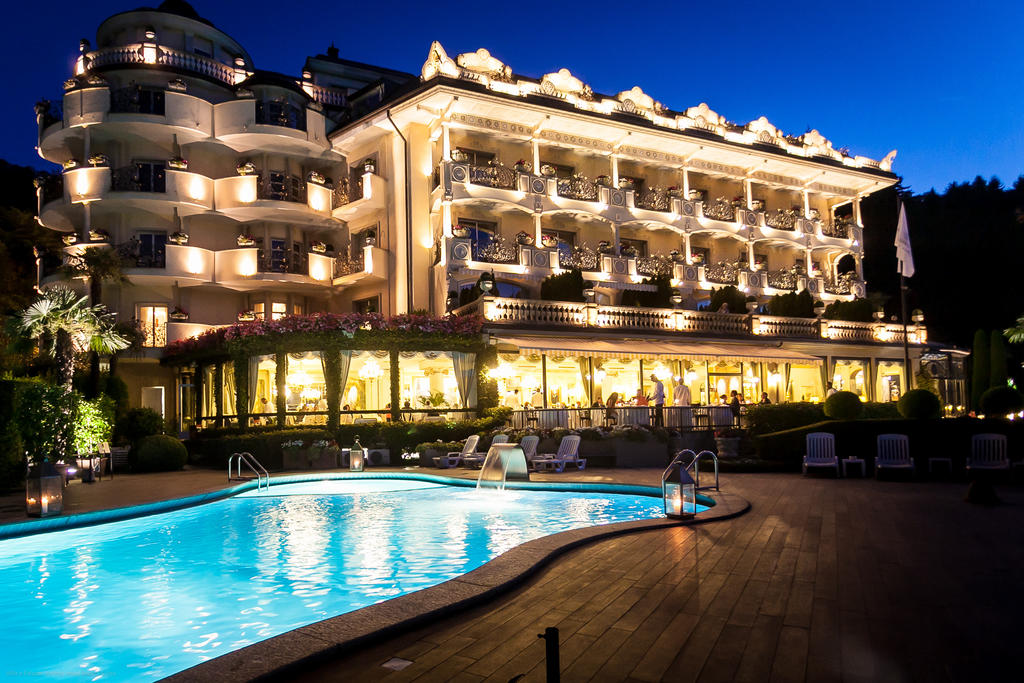



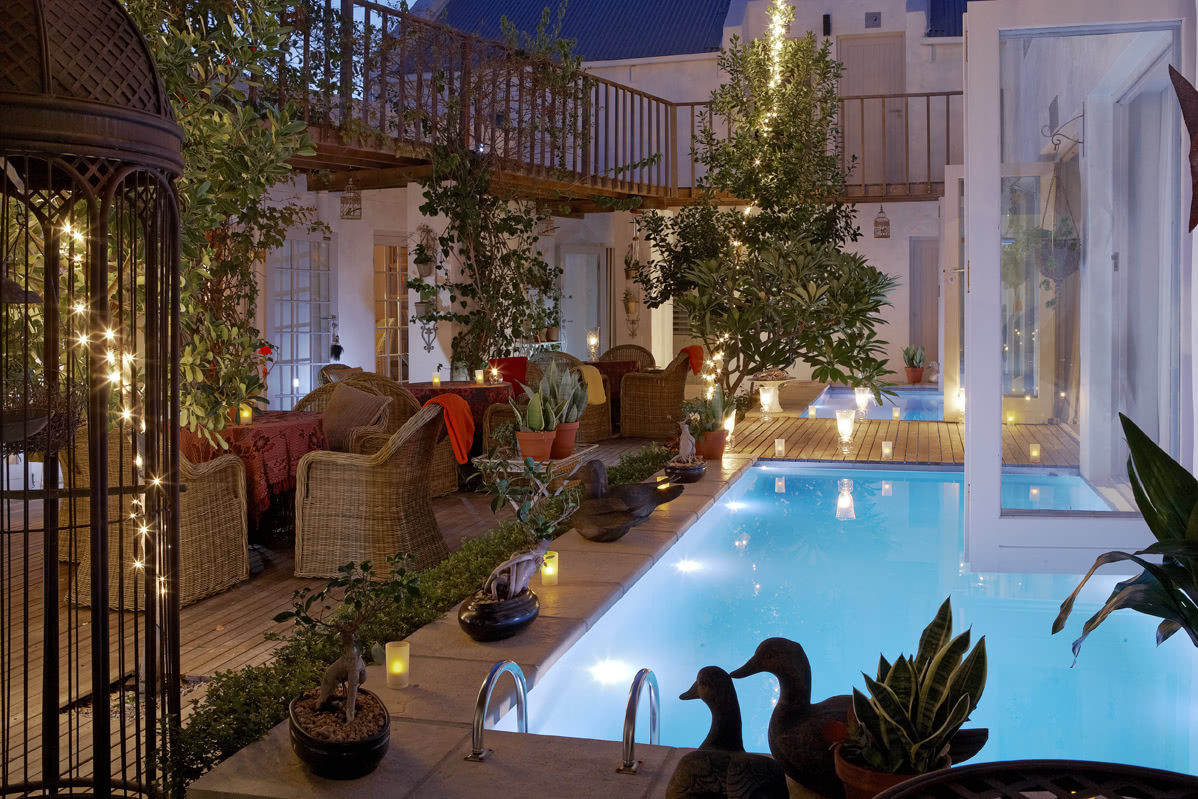
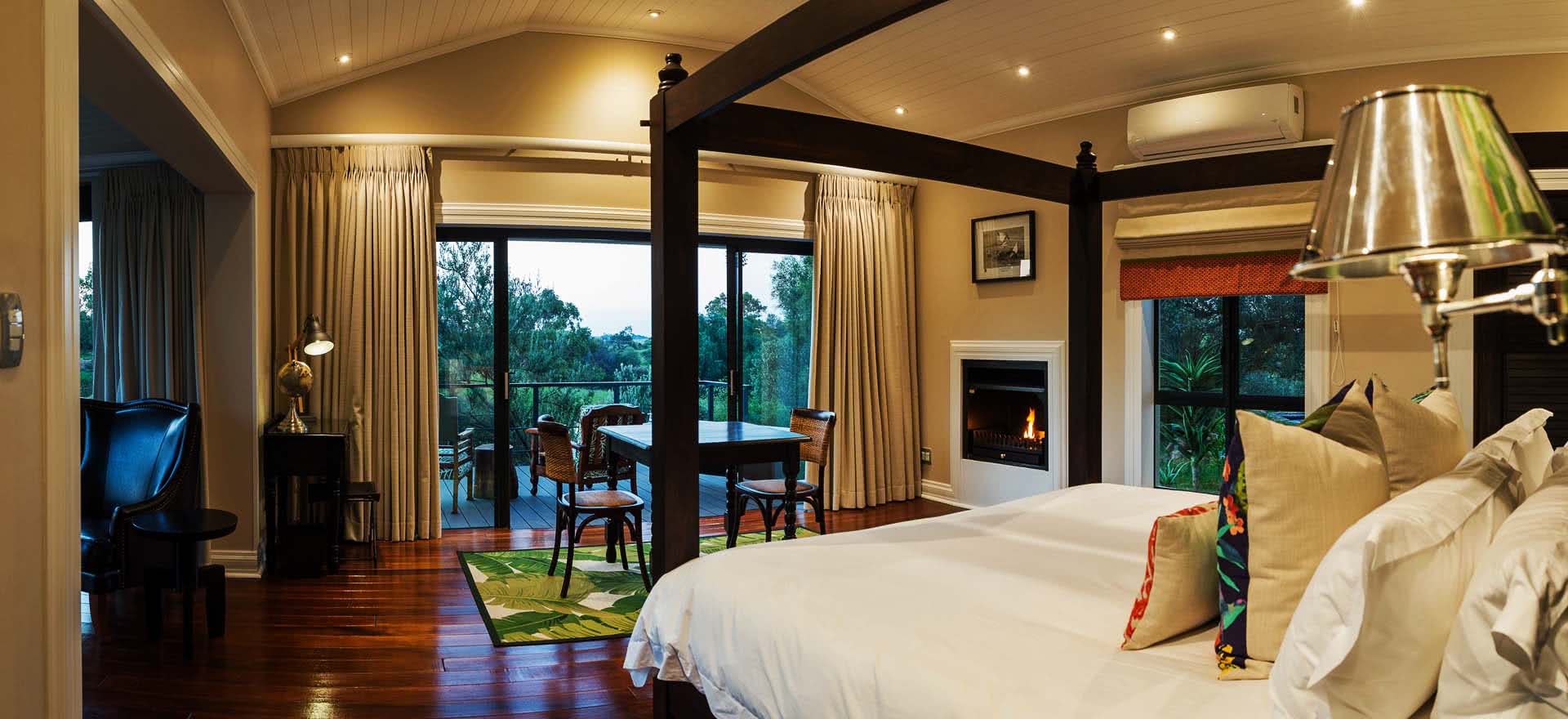
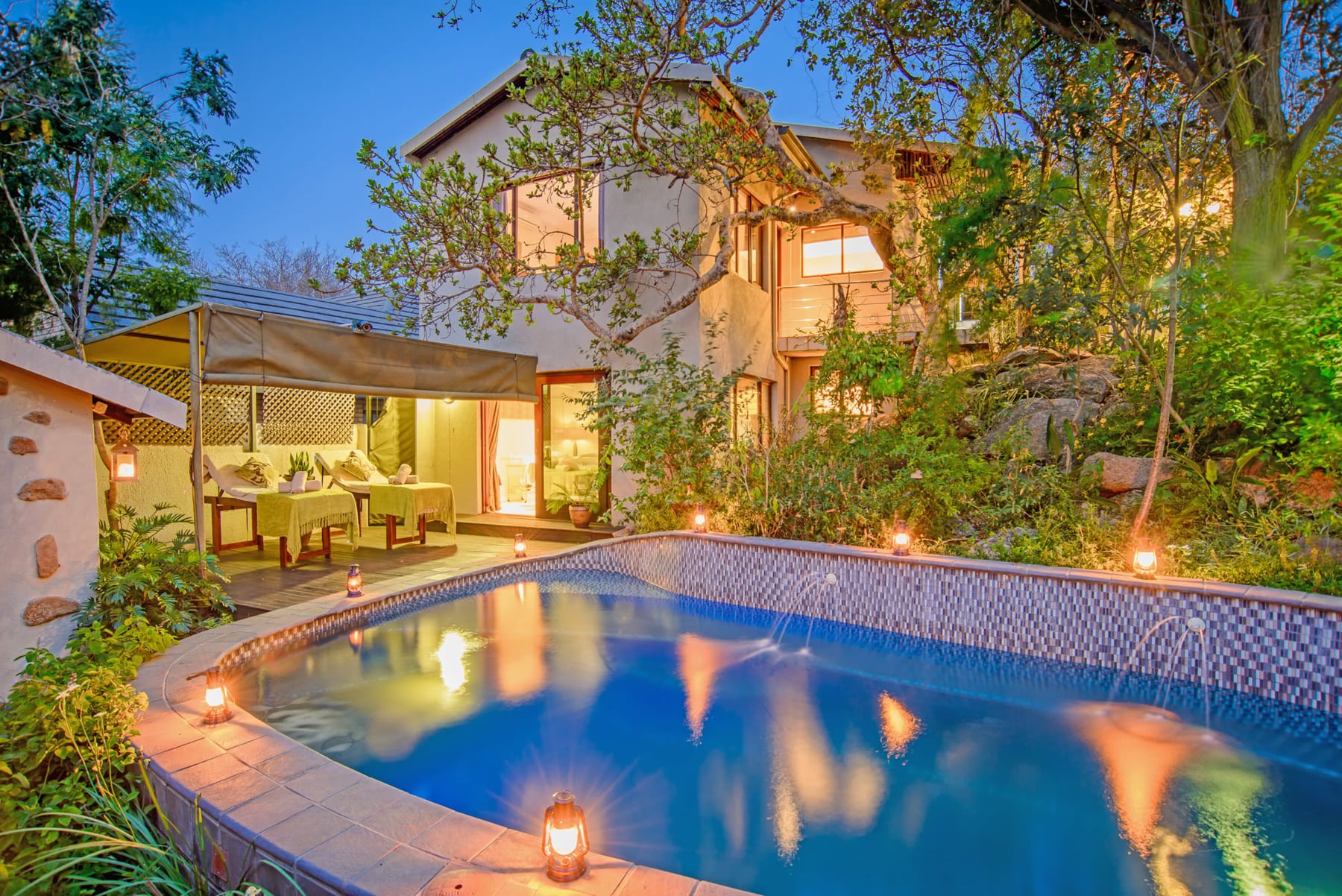




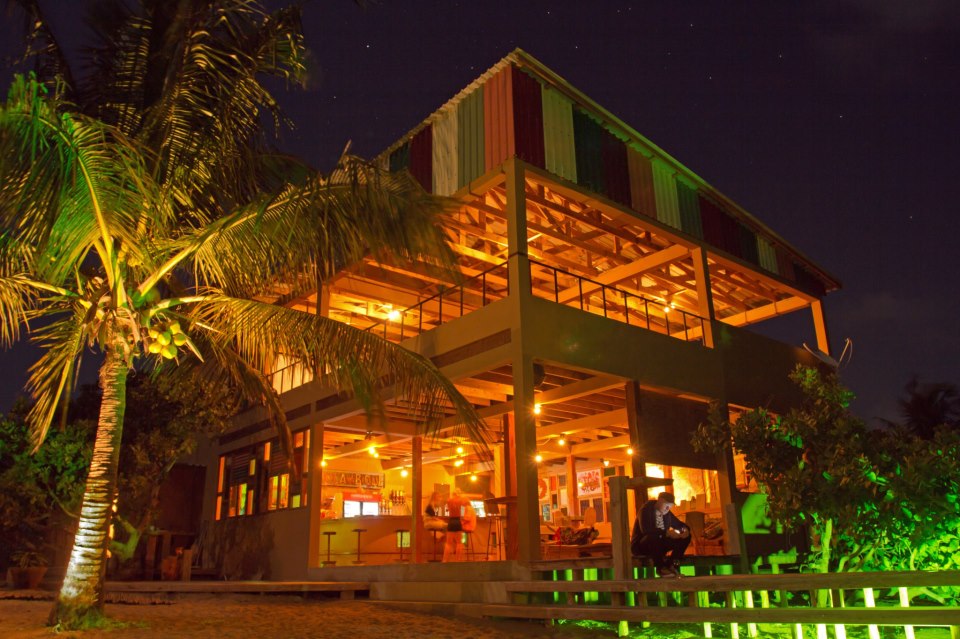




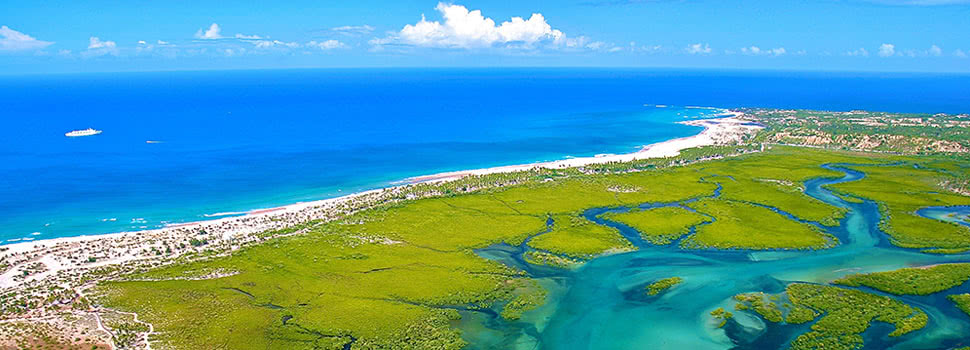
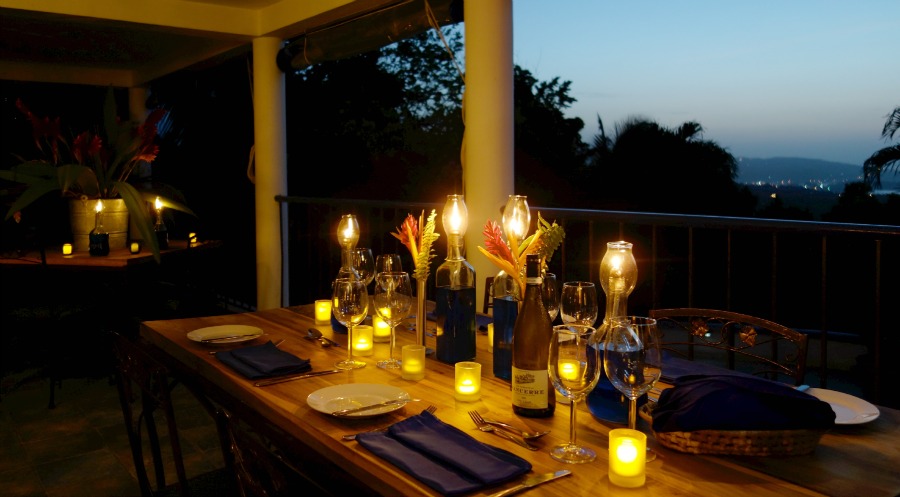



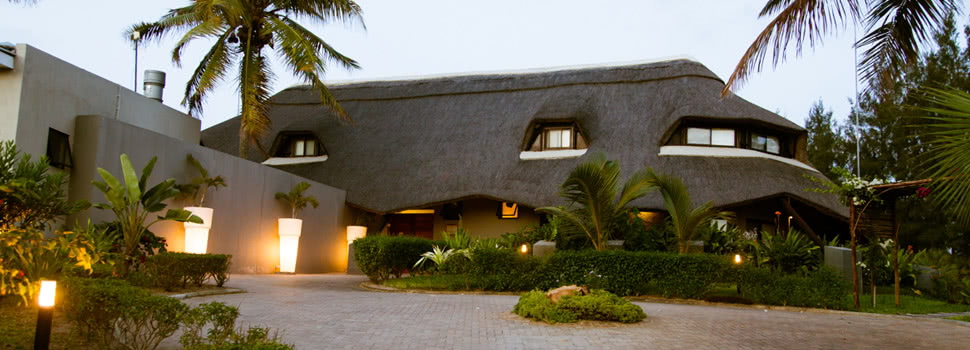



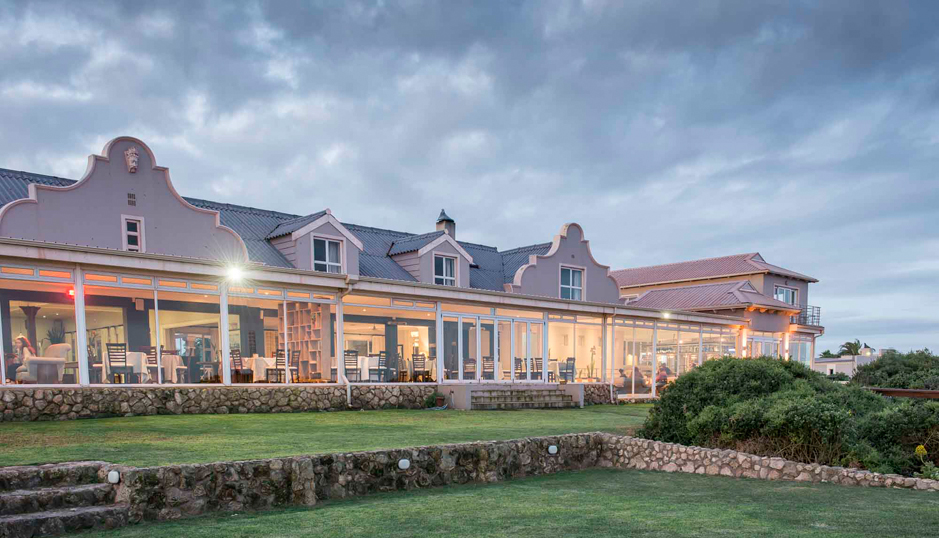


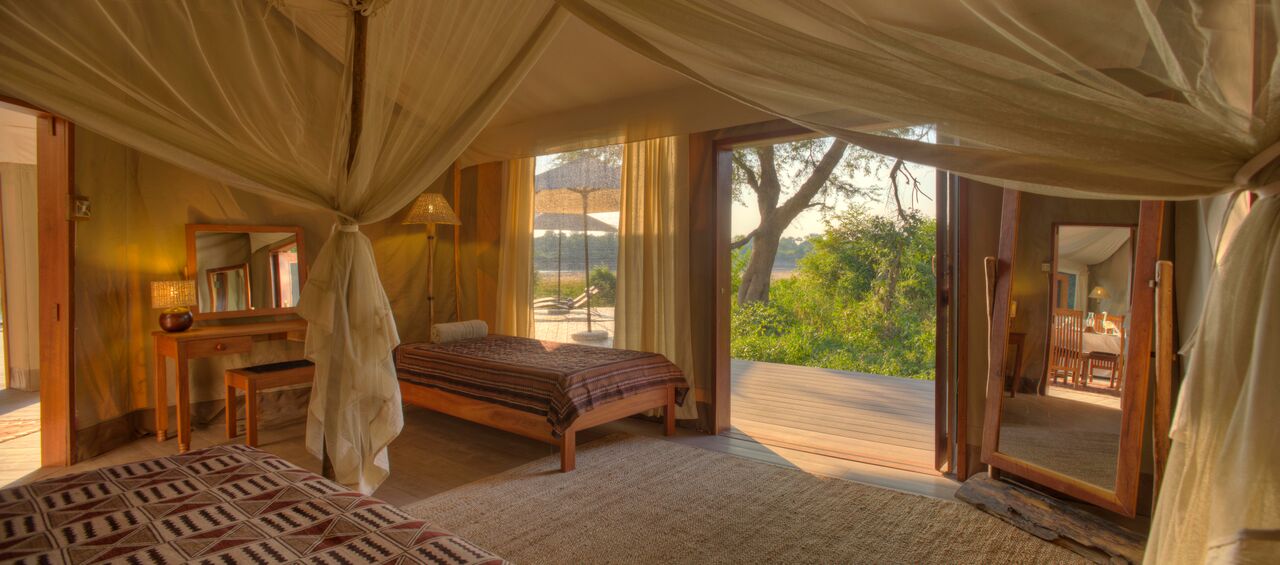


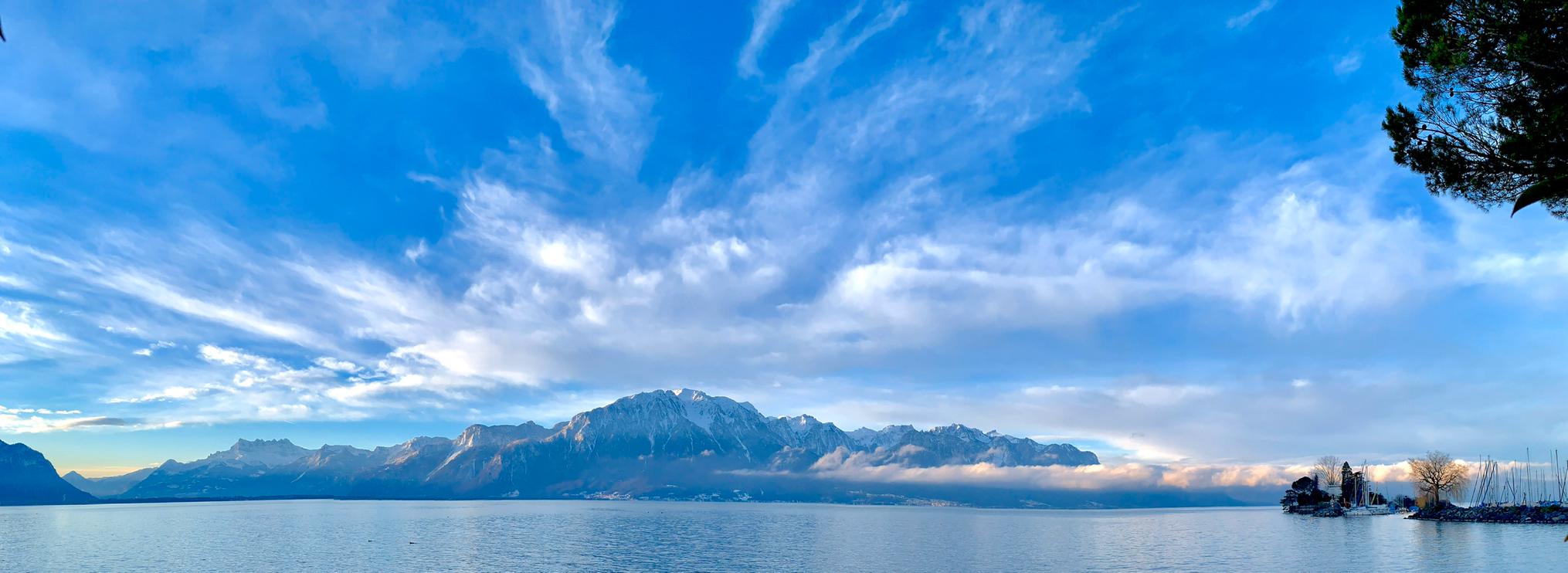


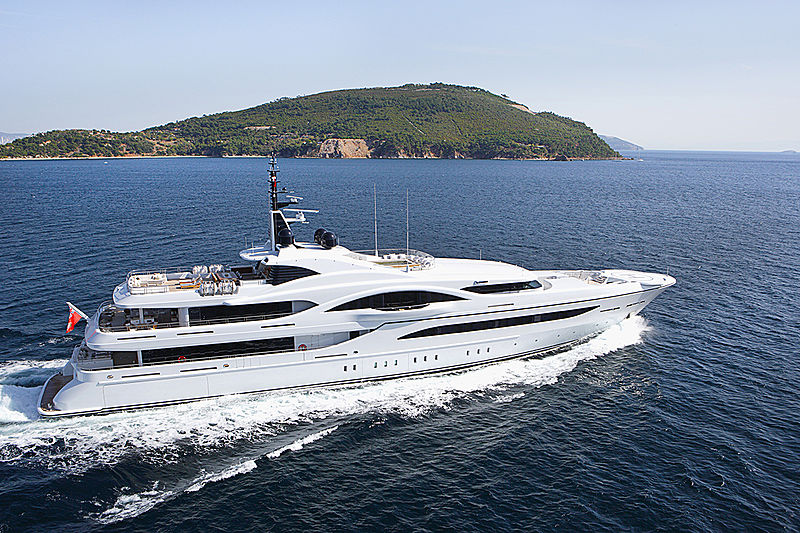














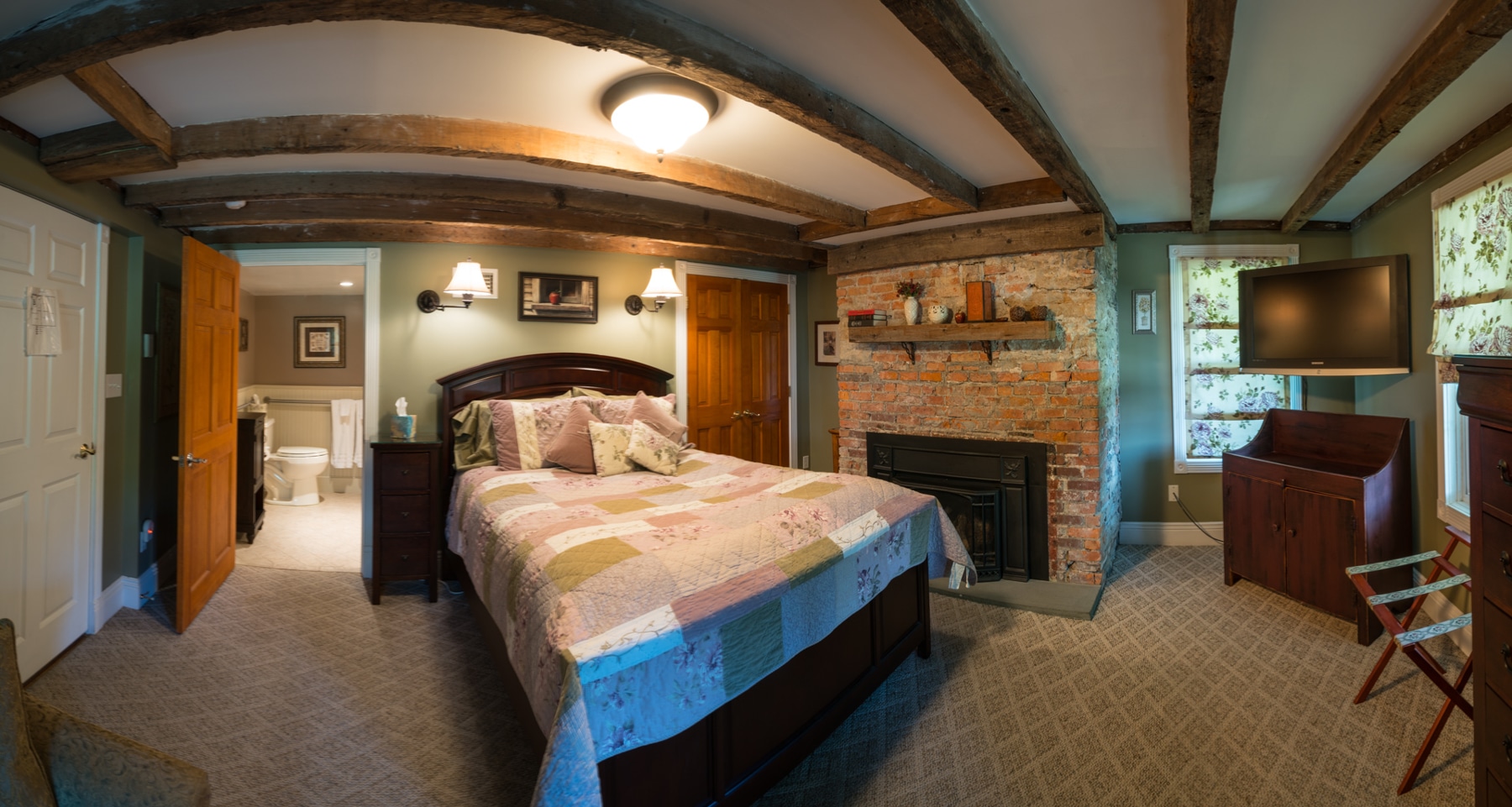






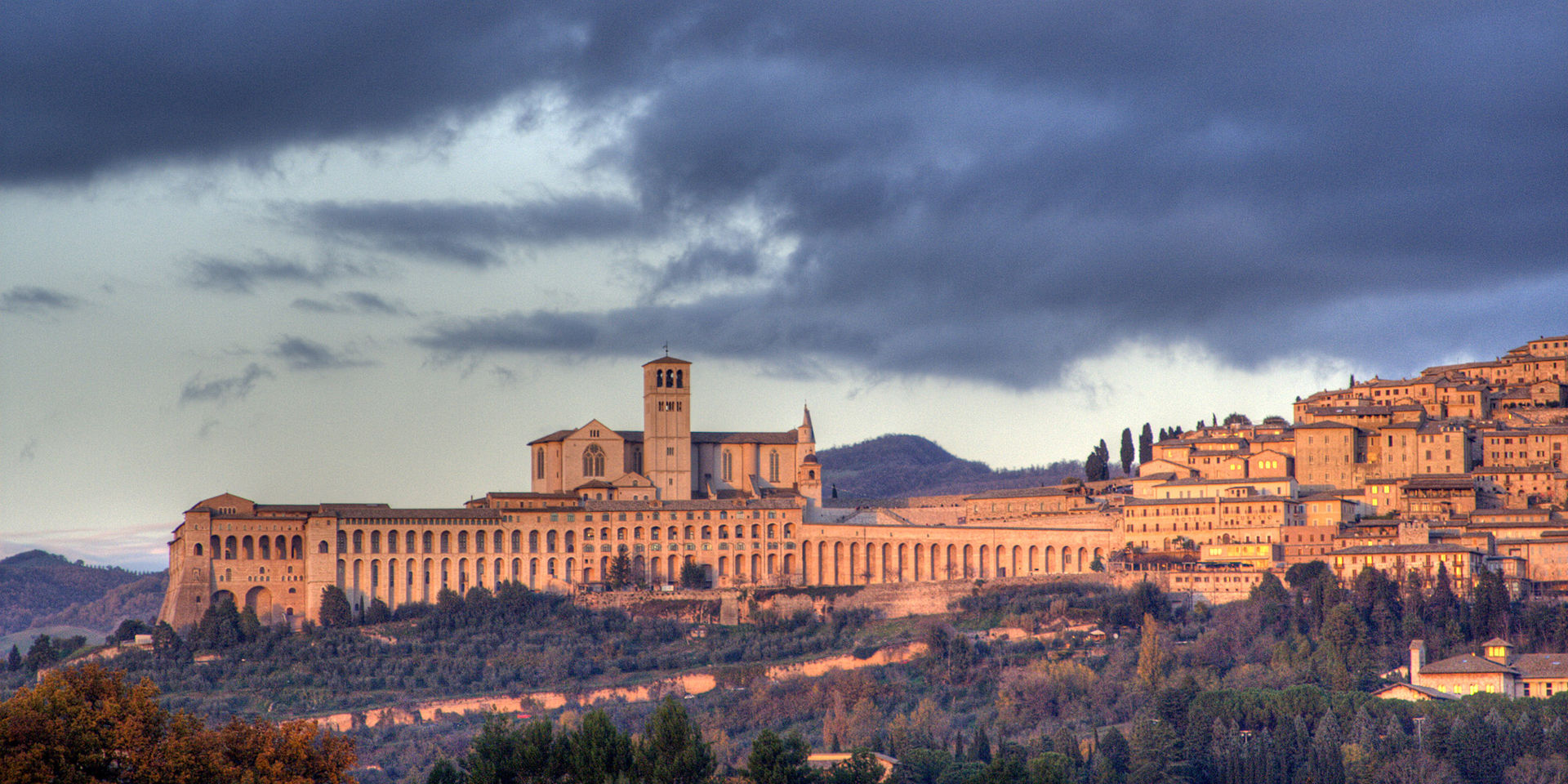
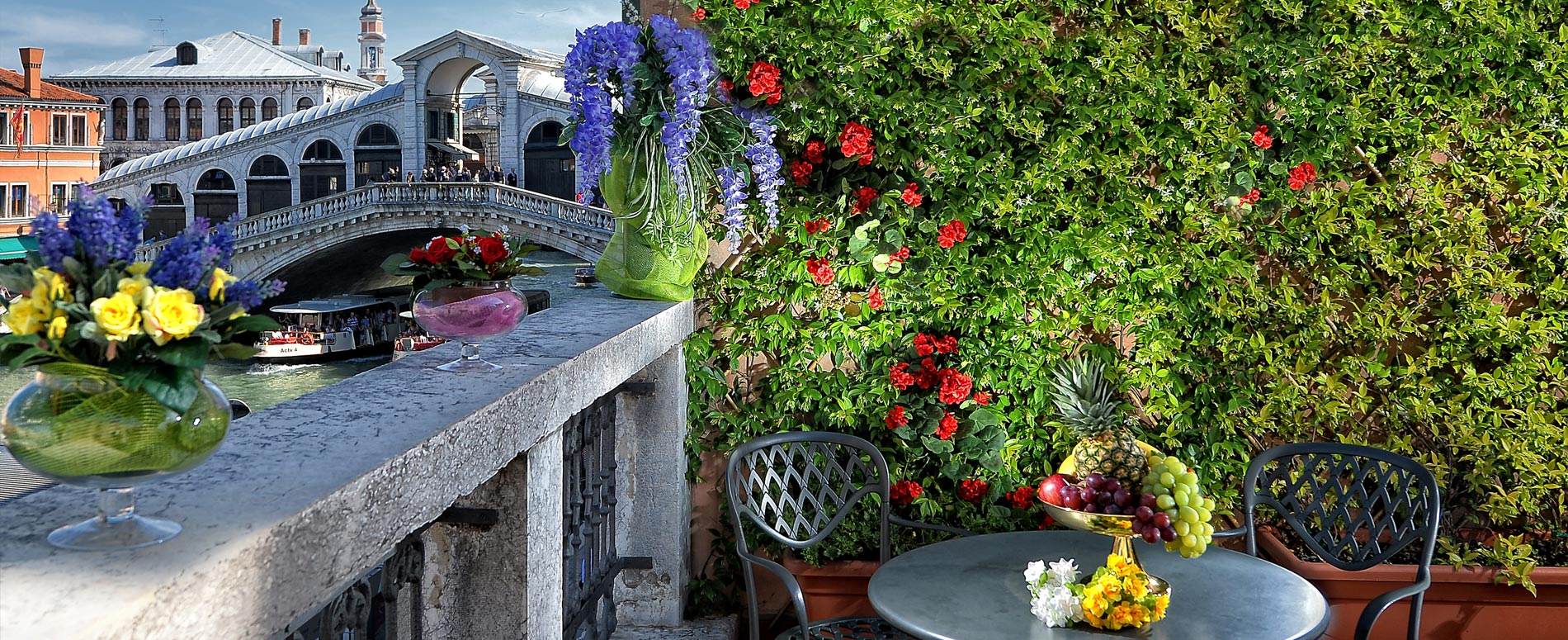






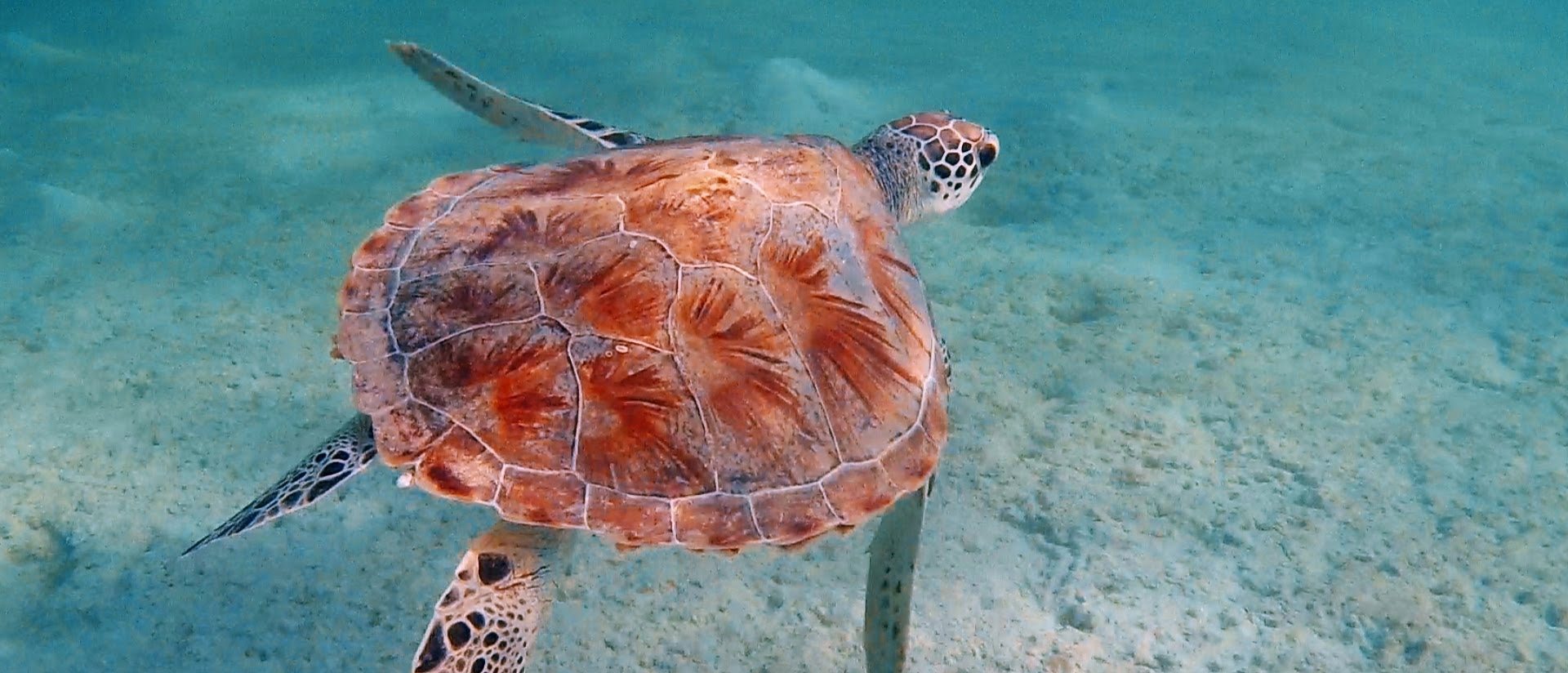

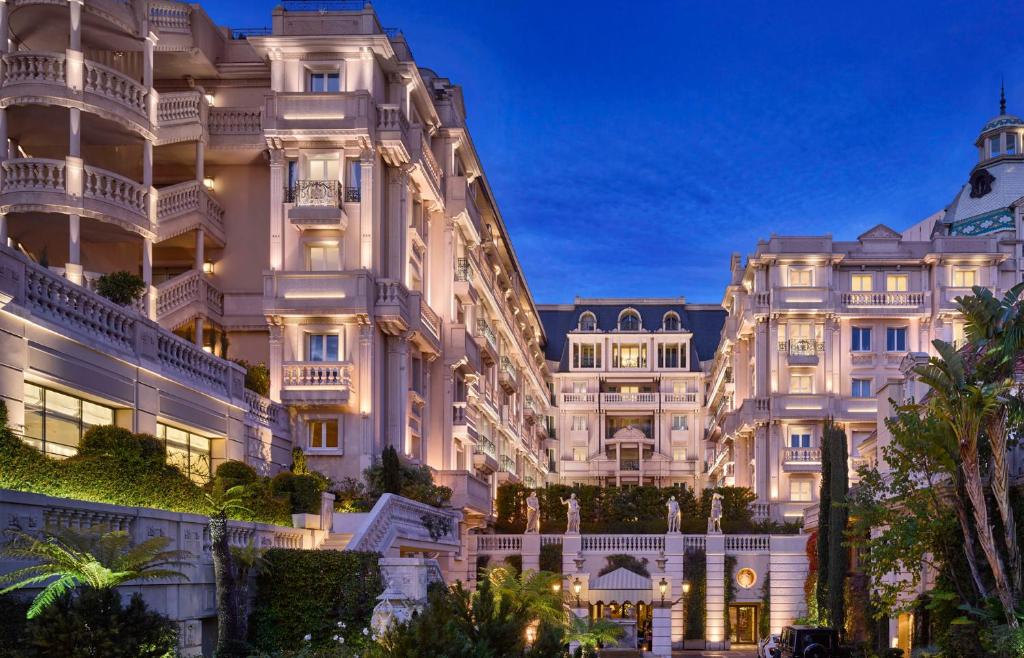

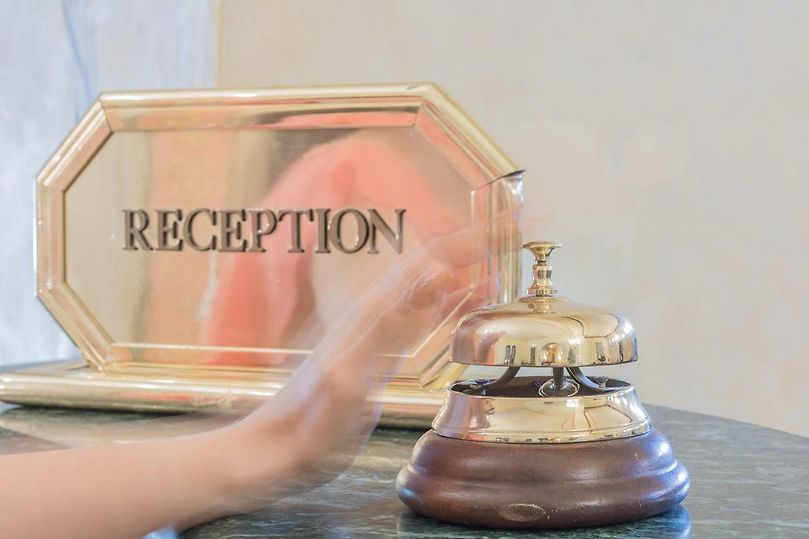
Pongola Game Reserve, Kwa-Zulu Natal, South Africa
Agent: Cliff Jacobs - Managing Principal Estate Agent & CEO (Nat.Dpl.Hotel Man (UJ). M.P.R.E.)
Agent Cellphone: +27 (0) 84 413 1071 / +27 (0) 61 716 6951
Agent Office Number: +27 (0) 21 554 0283
Agent Email Address: cliff@exquisitehotelconsultants.com
Type: Hospitality Project
Bedrooms: 0
Bathrooms: 0
Parking: 0
Yield: Not Disclosed
Few exclusive yet affordable private getaways combine the scenic variety of bushveld, mountains, major water bodies and a range of leisure activities that make the best of all the natural features. This combination, an abundance of space and the results of a "light footprint" development philosophy are key ingredients of the special experience offered by Pongola Game Reserve, Pongola Game Reserve in northern KwaZulu Natal.
The reserve extends over part of the original area that, in 1894, was declared the Pongola Game Reserve by Paul Kruger, President of the old Transvaal Republic. The original reserve has since been re-proclaimed, in part, as the Phongolo Nature Reserve, which is the present Pongola Game Reserve's immediate neighbour.
The business is owned and managed by the Landman family who's ancestors arrived in the Cape in 1744.
The Pongola River, broad and perennial, meanders through the centre of the reserve before entering the man-made 13 276 hectare lake. It provides a leisure environment unique for a South African bushveld destination. Safari cruises, canoe adventures, birding and tiger fishing are among the main activities.
The area is home to many typical plains game species, four of the Big Five (excluding lion), Hippopotumas and crocodile. It is also a birding "hotspot". Over 350 species have so far been recorded here. One can also enjoy the experience of tracking rhino on foot.
Please take your time and enjoy your visit to our website and please feel free to make a booking enquiry if you are interested in visiting the Pongola Game Reserve.
The reserve is 450km from Johannesburg and 350km from Durban.
HISTORY OF PONGOLA GAME RESERVE
1. EXECUTIVE SUMMARY
Nestled within the Pongola Game Reserve, below the foothills of the Lebombo Mountains and adjacent to the water’s edge of the Jozini Dam, lies The Elephant Kraal Game and Eco Estate.
An exclusive opportunity to invest in this luxurious property development in the world renowned Pongola Game Reserve, Northern Kwa-Zulu Natal where you can experience the heart of Africa beating on your doorstep!
Wake to the sounds of the bushveldt in this unique bush lodge and integrated bush resort. Fill your days with game drives, fishing for the renowned tiger fish and boat cruises on Jozini Dam. Bush walks, bird watching and select hunting can be arranged for the enthusiast, or simply relax and experience the life of the African bush around you from the comfort and luxury of your exclusive, themed accommodation.
The aim:
The Elephant Kraal is part of the Pongola Game Reserve and Tennis Ranch Property (Pty) Ltd owns 25% of all the animals and land in the Pongola game reserve. The estimated value of all the animals in the reserve is in excess of R20 million. The Reserve is home to an abundance of game and members of the Big 5, Lion excluded. The Jozini Dam abounds with wildlife and birdlife and it is renowned for its rich quantity of highly prized tiger fish.
Elephant Kraal has committed to building and operating in the most ecologically responsible way possible, by researching state of the art solutions from the outset and by implementing green practices during initial installations and throughout the ongoing operations of the hotel and lodges.
Development - The hotel will be developed at a cost of ZAR 22,398,500. This will cover all components of the hotel and moveable assets and 24 rooms that will belong to the hotel. The other 48 will be sold as sectional title units.
Prospective private game lodge owners can buy a site and a building package to develop the site. Game lodge owners will have title of their own lodges and will have the option of renting out their lodges as part of the hotel rental pool. There are a number of building options available to the private game lodge owners’ taste.
The current owners of the property have an existing game lodge on the same property that will be upgraded to form part of the Elephant Kraal Hotel. The business has the potential to generate profit for investors through the sales of the private game lodges, hotel rooms and the bookings made from the boutique hotel. There is also an opportunity to further another 2 developments just like this one, as Tennis Ranch Property Pty Ltd owns 3 farms on separate title deeds.
The development covers most sections of the tourism industry and farming as well as hotel management, catering, game ranging, fishing, hiking and farming (game farming and agriculture).
2. LOCATION OF THE BUSINESS
The Elephant Kraal Game and Eco Estate is located in the Pongola Game Reserve on the Northern parts of KwaZulu-Natal under Mkuze Local Municipality. The game reserve can be accessed via a road off the N2 connecting Gauteng and Mpumalanga, Swaziland to Durban, Sodwana, Mozambique and Kosi Bay. The eastern part of the reserve is formed by the Jozini dam under the Lebombo range of mountains. Elephant Kraal is about 330km from Durban, 470km from Johannesburg and 29km from the Swaziland border (Golela).It is the gateway between Mpumalanga and Durban. The nearest air strip to this farm is at Mkuze, 20km away.
2.1 Property Description and Ownership
The Elephant Kraal Game and Eco Estate is located on one of the properties owned by Tennis Ranch Property (Pty) Ltd. The intention is develop the 21 private lodges and a 72 room boutique hotel which is an addition to the existing 8 room 16 bed Nhlangwe Lodge and a tented camp that sleeps 24.
Following is a list of properties owned by the company:
The farm has a total extent of 1455.5221ha. Traversing covers approximately 2000 ha within the Pongola Game reserve. Tennis Ranch is custodians of an area that is below the 100 year flood line and is in extent of 500 hectares. The Elephant kraal is located on Portion 2 of the farm Goedenmoed 587 and is in extent of 19.6365 ha. The farm Goedenmoed also houses the existing Nhlangwe lodge.
3. BUSINESS DESCRIPTION
The Elephant Kraal Game and Eco Estate is owned by Tennis Ranch Property (Pty) Ltd. The three main components of the proposed business are ownership of private lodges, the boutique hotel and game farming.
The farm has development rights on portion 2 of farm Goedenmoed 587. This is where the 21 private lodges and boutique hotel will be built and the rest of the portions will remain operating as a game farm. This is the only farm in the Pongola Nature Reserve that has property development rights. The company intends to establish a game and Eco Estate that will comprise of 21 luxury private game lodges and a 72 suite boutique hotel that will house a boutique spa, restaurant, a conference and wedding venue, pool and boma.
Private Lodges:
There is an opportunity for 21 private lodges within the game reserve. These sites will be sold to prospective private lodges owners who will buy the lodges off the plan. This provides a direct source of income for the private lodge owner with the owner and their guests having access to the facilities and activities offered by the game reserve. Lodge owners will have the liberty of customising their lodges to their own taste from a choice of available architectural designs. The aim is to construct a lodge that blends with the bushveld by using natural building material.
Boutique Hotel:
This will be additional accommodation to the 21 private lodges. The hotel will feature 72 luxury suites, an entertainment area with a full bar, swimming pool and deck as well as a state of the art conference centre. There will be a boutique health spa housed within the hotel to pamper and provide the ultimate relaxation and enjoyment.
Farming:
Game farming will be carried out as the breeding, selling and auctioning off of livestock. The game farming will also assist in keeping costs down for the hotel, as meat will be readily available. Vegetables will be planted and grown organically ensuring the hotel and neighbouring community are well nourished.
Macadamia nut trees of 30 hectares is proposed. This is a growing market in South Africa, and farmers who are willing to wait seven years will see a good return on investment.
3.1 Activities
There are a number of activities available to the bushveld enthusiast at the Pongola game reserve.
Tiger fishing and Boat Cruises:
The Jozini dam is home to vast wild and birdlife not least of which is the formidable Tiger fish. The developers plan to acquire 3 stainless steel cruise boats for fishing and sightseeing excursions. The boat cruise provides an exhilarating and efficient way to view game. The mighty Hippo presents a uniquely African viewing experience for the avid game enthusiast, as they can be seen wading majestically in the waters.
Game Drives:
Game drives will allow lodge owners and guests the experience to explore the reserve and its magnificent variety of game that includes the big four.
Bird Watching:
The Pongola game reserve is home to over 350 bird species and this provides an ideal place for the bird watching enthusiast. Bush Walks Bush walks can be arranged with qualified rangers to ensure safety of guests.
Hide Photography:
The ideal destination to capture that award winning shot.
3.2 Goals and Objectives
The main aim of the business is to create employment by way of providing job opportunities to people from surrounding communities as tour guides, game rangers, and hotel and lodge staff. It is also an investment opportunity for prospective private lodge owners through the 21 available lodge sites within the game reserve.
The business aims to provide a unique, luxury hotel experience at a reasonable price, through the 72 suite boutique hotel, and to promote the hospitality sector in KwaZulu-Natal.
4. MARKETING PLAN
Target Market Investment into to this business is open to individuals, private companies, co-operatives etc.
Competition:
The Jozini Tiger Lodge is the only main competition in the area for the Elephant Kraal. The closest competition to the business model is the Jozini Big 6 in Swaziland, which is based on a similar development model. The only downfall is the 45 year lease and no title ownership.
Competitive Advantage:
The Elephant Kraal is the only farm in the Pongola nature reserve that has property development rights. Unlike the Jozini Tiger Lodge 45 mins away, the elephant kraal is a one stop tourist destination as it has its own game reserve and access to the dam. Tourists do not need to drive long distances for game viewing.
The Royal Jozini Big 6 is located outside of South Africa and it still needs to be stocked with game. At the Elephant Kraal prospective game lodge owners will be given a full erven title which offers security to their investment.
Marketing Plan:
The business has already attracted the attention of a major Hotel Group and an equally well-known Estate Agency Group, both of which are well positioned to undertake the national and international marketing.
5. SWOT ANALYSIS
Strengths:
Elephant Kraal will be the only development of its kind in the Pongola game reserve. This will offer tourists a one stop destination where they will be treated to luxury accommodation and upmarket amenities as well as in-house game viewing. The developers are not new in the tourism industry as they are currently operating a game lodge within the Pongola Game Reserve.
Weaknesses:
The farm has limited resources for developing the project as planned. As a result the developers are willing to JV or entirely divest, 50% - 100% of the stake in the business to create working capital for further development.
Opportunities:
The business has an opportunity to expand into other game ventures as the proposed project will only be executed in one of three properties. There is an opportunity to increase further tourist attraction through the erection of proper photography hides.
Threats:
Economy plays a huge role in the tourism industry. Estate game lodges stand to be an attractive form of business, especially with the growing interest from overseas tourists for game viewing and select game trophies in properly regulated hunting expeditions and culling activities.
6. FINANCIAL PLAN - Pricing in 'ZAR'
Private Lodge sales and development. Cost of development:
The developers have made 21 sites available to prospective private game lodge owners. The lodges will have the same architectural design but there are different options available to the taste of each individual lodge owner. The general costs are summarised on the table below.
House Option, Bedrooms, Area sqm, Price:
7. SUMMARISED INCOME AND EXPENDITURE OF THE PRIVATE LODGES AND SECTIONAL TITLE UNITS
There are 21 sites available to prospective private game lodge owners. The developers will sell the sites and development packages as outlined in the financial plan. The table below shows a summarised income and expenditure of the site and development packages sales. Each site has its own price based on its location. The size and the cost of the development packages vary according to the lodge owners’ taste. To illustrate the value of developing the 21 sites, the cost of a site is valued at R890,000 and the cost of development package is valued at R1,900 000.
Five stands have been sold to date, and there are still 16 available ranging in price from R890,000 up to R14,240 000.
Income from selling 48 sectional title rooms @ R260,000 = R12,480,000. Construction profit will be in excess of R16,000,000. Total income derived from sales R42,720,000.
7.1. HOTEL DEVELOPMENT
7.1.1 Cost of Development
The boutique hotel will be developed at a cost of R16,598,500. Table 2 below summarises the cost of development.
Building: Area (sqm): Sub total:
1. Restaurant: 976sqm: R4,701,000.
2. Day spa: 175sqm: R1,225,000.
3. Reception and kiosk: 140sqm: R980,000.
4. Conference rooms: 369sqm: R2,495,000.
5. Boma: 205sqm: R717,500.
6. 24 X Hotel rooms: 720sqm: R6,480 000.
Total cost is R16,598,500. Total profit from income from sales of other 48 hotel rooms is R16,800,000.
7.1.2 Summarised Income and Expenditure Projection
Operating Expenses:
Occupancy rate: 20.0% or 50.0% or 90.0%:
Total Operating Expenses: R2,165,124.80, R3,454,400, R5,218,640.
Income: 20.0% or 50.0% or 90.0%:
Gross Income: R4,838,400, R12,096,000, R21,772,800.
Net Income: R2,673,275.20, R8,641,600, R16,554,160.
The table above shows income and expenditure projections under different occupancy rates. It is interesting to see that the hotel will still make a profit even on a 20 percent occupancy rate.
These figures are based on a rate per person of R1150, including Bed and Breakfast and one person per room. The table above is based only on the 24 rooms the hotel owns. There is also a rental pool agreement with a possible 48 Sectional title units and 21 Lodges through the Hotel.
7.1.3 Discussion of Cash Flow Projections
Year 1
In the first year the hotel generates an income of R4,838,400 from sales of food, beverages and hotel room bookings. The operating expenses for the first year totals R2,165,124.80 and is made up of salaries, food, beverages, services and utilities. The net income for the first year before financing is R2,673,275.20. There are NO external capital or debt repayments in the first year and this leaves the net income for the first year at R 2,673 275.20. The occupancy rate for the first year of operation is estimated at 20%.
Year 2
In the second year the hotel generates an income of R 12,096,000 from sales of food, beverages and hotel room bookings. The operating expenses for the second year are R3,454,400 from salaries, services and utilities. The net income for the second year before financing is R8,641,600. There are NO external capital and debt repayments on the second year and this leaves the net income for the second year at R8,641,600. The occupancy rate for the second year of operation is estimated at 50%.
Year 3
In the third year the hotel generates an income of R21,772,800 from sales of food, beverages and hotel room bookings. The operating expenses for the third year are R5,218,640 from salaries, food, beverages, services and utilities. The net income for the third year before financing is R16,554,160. There are no external capital and debt repayments in the third year and this leaves the net income for the third year at R16,554,160.
8. SUSTAINABILITY AND HUMAN RESOURCES
8.1 Future Plans
The future plan developments for Tennis Ranch Property (Pty) Ltd will increase the customer base for the Elephant Kraal Game and Eco Estate. The owners intend to have an exotic game farm in one of their properties and to erect a lion fence which will enable them to introduce lions into the property. Besides the income that will be generated from the sales of exotic game which does not form part of the Elephant Kraal Game and Eco Estate, the expansion plan has the potential of attracting more tourists who will make use of the services provided by the Elephant Kraal.
Plant 30 hectares of Macadamia nut trees. Each tree bears 13 kg x R65 per kilo = R845 and there are 12000 trees in 30 Hectares. 12000 x R845 = R10,140,000.00 per annum.
8.2 Human Resource Plan
The business has a potential of employing 24 people on a permanent basis. These people will be employed as hotel staff, tour guides as well as game rangers. The business will contribute greatly in addressing the problem of unemployment for the surrounding communities. Additional staff will be required especially during peak season holiday season, which will also provide additional source of income for the neighbouring communities.
9. CONCLUSION
The Elephant Kraal has a competitive advantage over other tourism establishments in the area. It is the only establishment that offers full title to private lodge owners at a more reasonable price than its closest competitors. The hotel will have an advantage over the existing Jozini Tiger Lodge because it has both access to the Jozini dam and game reserve. Tourists will not need to be transported distances to view game as is with the Jozini Tiger Lodge.
The success and failure of any tourist accommodation business to a large extent depends on the occupancy rate. The higher the occupancy rate the more profitable the business becomes. It is however important that the occupancy rate increases with time due to increased popularity of the tourist accommodation establishment.
Services, roads and electrical 90% completed.






















Cliff Jacobs (Nat Dpl Hotel Man (UJ). MPRE. GA Level 5 TEFL) Managing Principal / CEO Exquisite Hotel Consultants (Pty) Ltd Mobile: +27 (0) 84 413 1071 / +27 (0) 61 716 6951 Landline: +27 (0) 21 554 0283 Email: cliff@exquisitehotelconsultants.com Web: https://www.exquisitehotelconsultants.com C/o Sybelstrasse 69 10629 Berlin GERMANY © All rights reserved Terms and Conditions apply Scroll down to view our Hospitality Properties and Businesses for sale or lease or lease-to-buy or partnership arrangement or management agreement arrangement